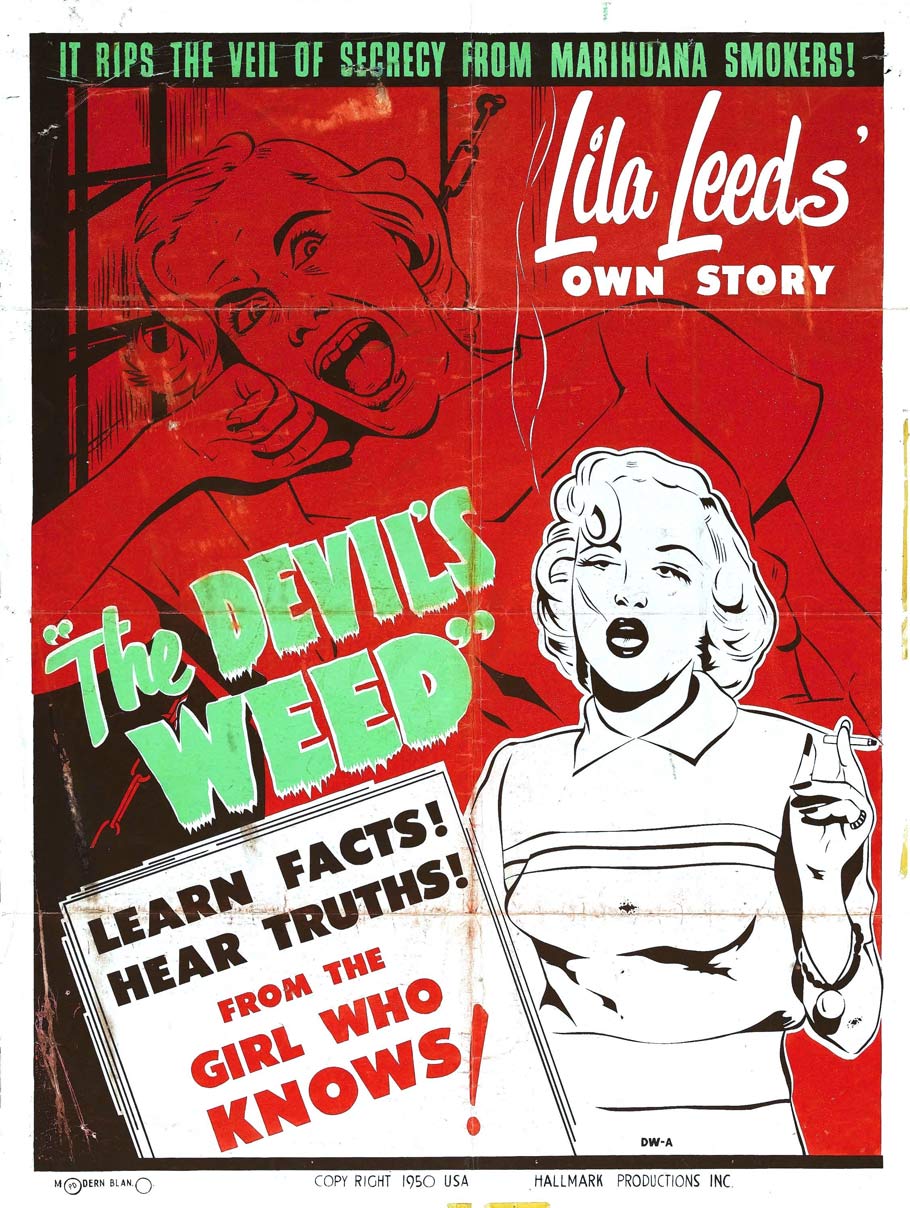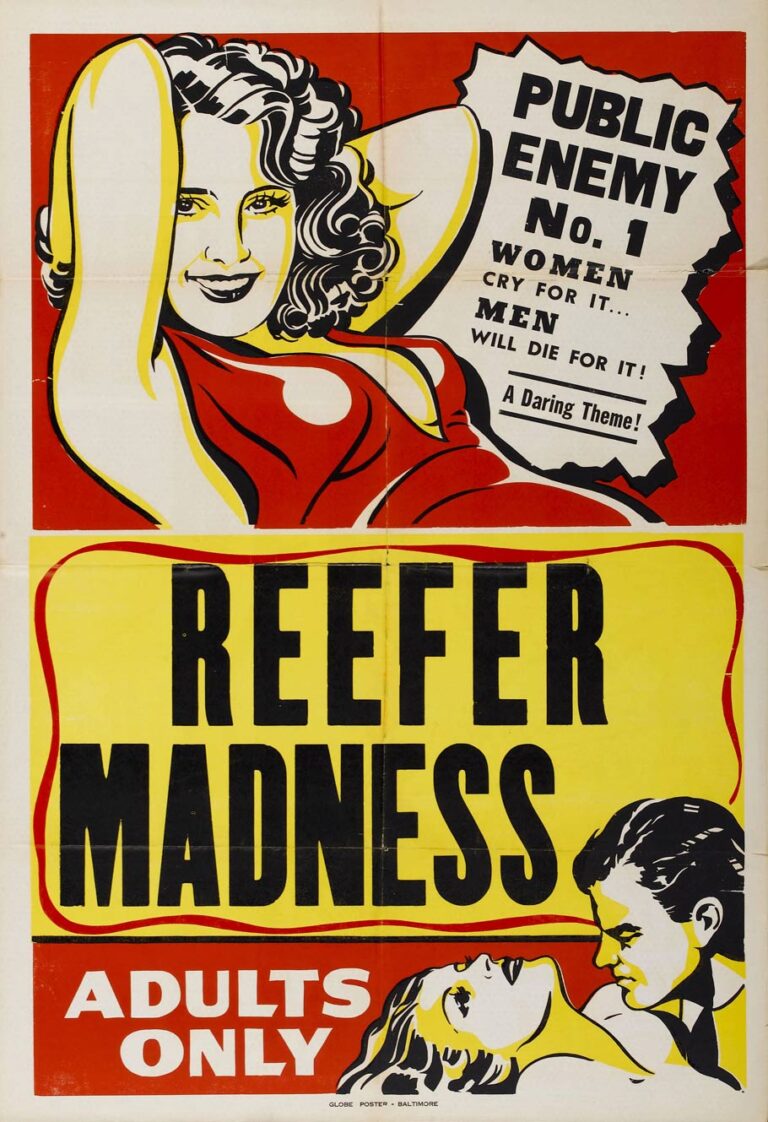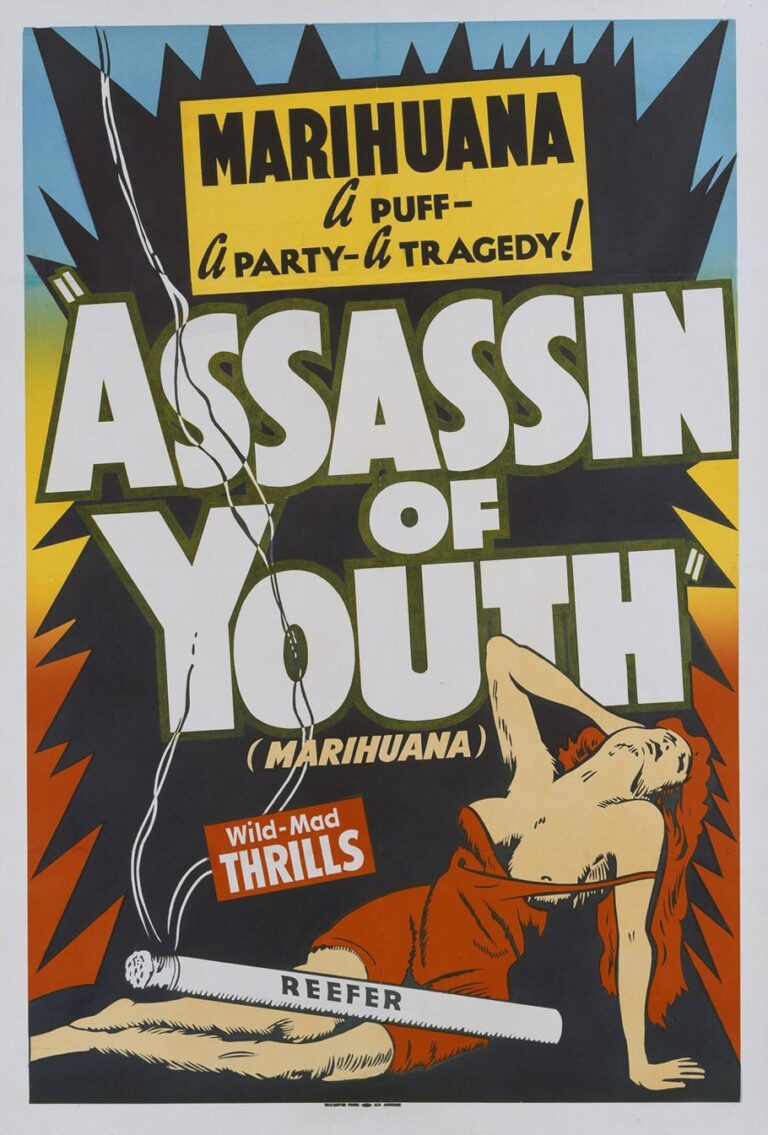Cannabis Manual: Stoner Cinema From The 1930S
The Early History Of Marijuana In Movies



Latest Article|September 3, 2020|Free
::Making Grown Men Cry Since 1992


